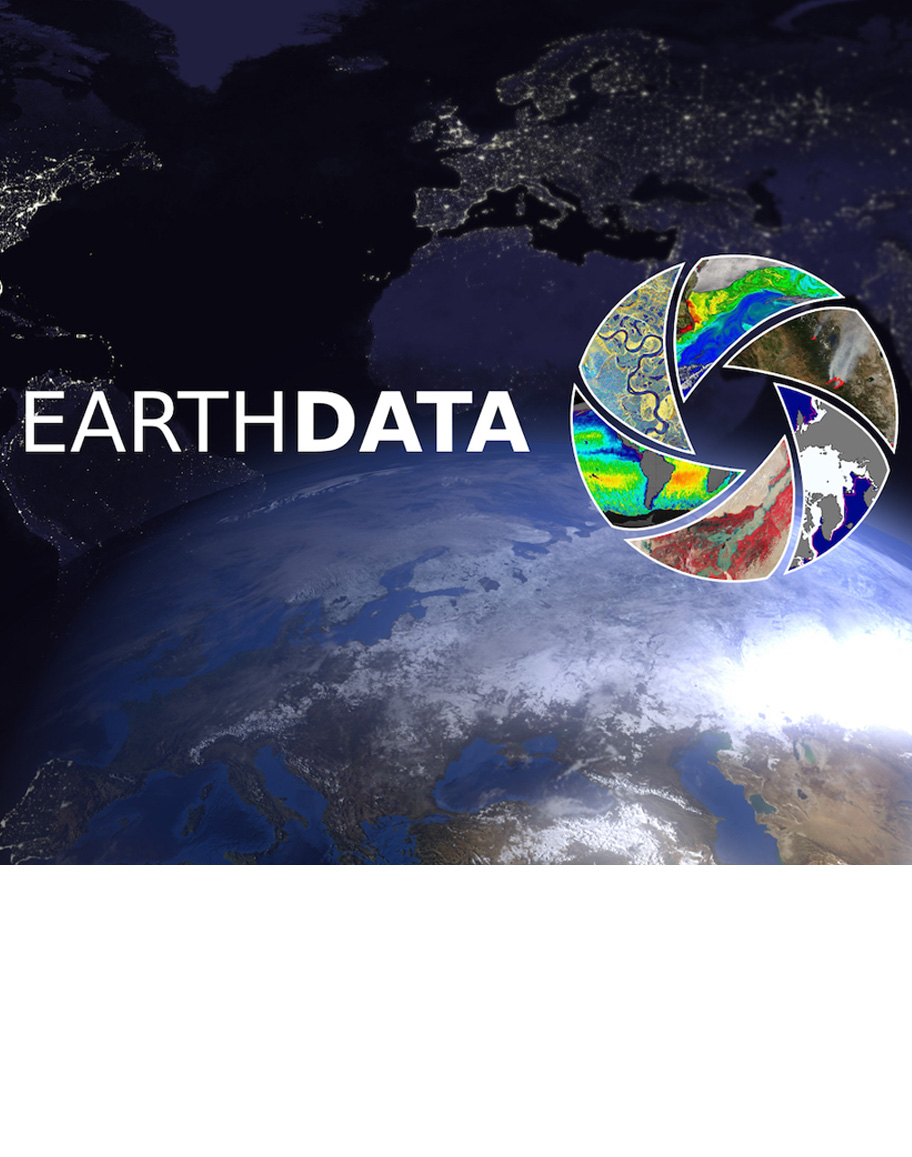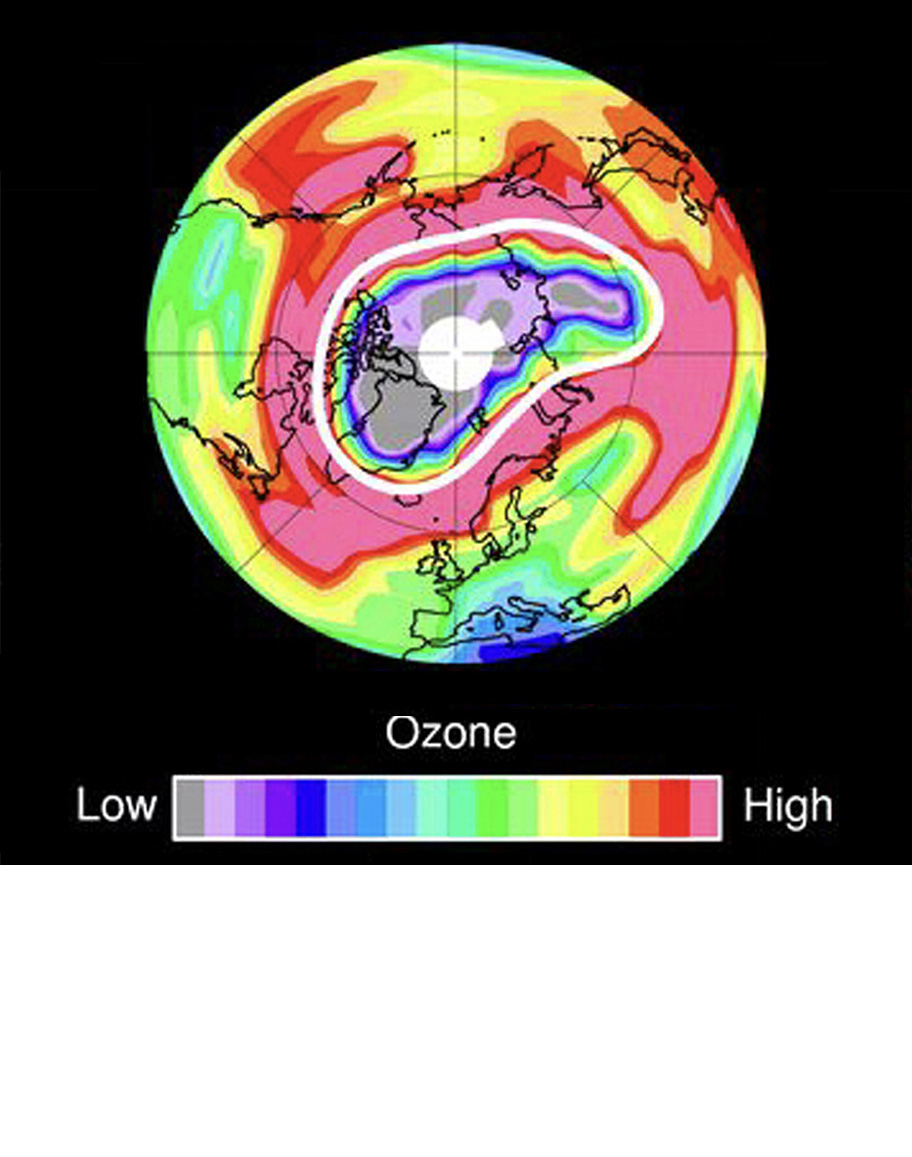This is an update on the status of the MLS “190 GHz” observations, mainly H2O and N2O (also HCN and upper stratospheric HNO3). The
electronics making these measurements has been aging since around 2010, leading to a drift in the MLS H2O and N2O products in the MLS v4 record.
This drift was ameliorated (more so for H2O than N2O) in the v5 dataset. Unfortunately, the aging has now reached a point such that we believe there are
only about 4-6 months' worth of reliable observations left from the MLS 190 GHz receiver. The good news is that we are very confident that powering
the receiver down will conserve its remaining life. Note that, due to limitations in fuel/orbit/power, both MLS and the Aura mission as a whole are
expected to cease operations by the end of May 2026. Accordingly, we plan to “duty cycle” the MLS 190 GHz measurements to enable them to extend
through to the end of Aura's lifetime (albeit with interruptions). We have considered various strategies for this duty cycling. Our current plan
is to activate the 190 GHz measurements for about six days at a time on a roughly monthly cadence (precise details to be determined based on a
variety of factors). We may decrease (or increase) the number of days of activation depending on how the aging progresses. We anticipate powering
down the 190 GHz subsystem early this week (week of April 29th, 2024) with our first reactivation period planned for mid-to-late May. A reminder
that the only Aura MLS products affected by this issue are H2O, N2O, HCN, and upper stratospheric HNO3. All other products (e.g., O3, HCl, ClO, CO)
are unaffected.




